Addressing Self-Injury with ABA
Discover effective strategies for addressing self-injury with ABA therapy for individuals on the autism spectrum.
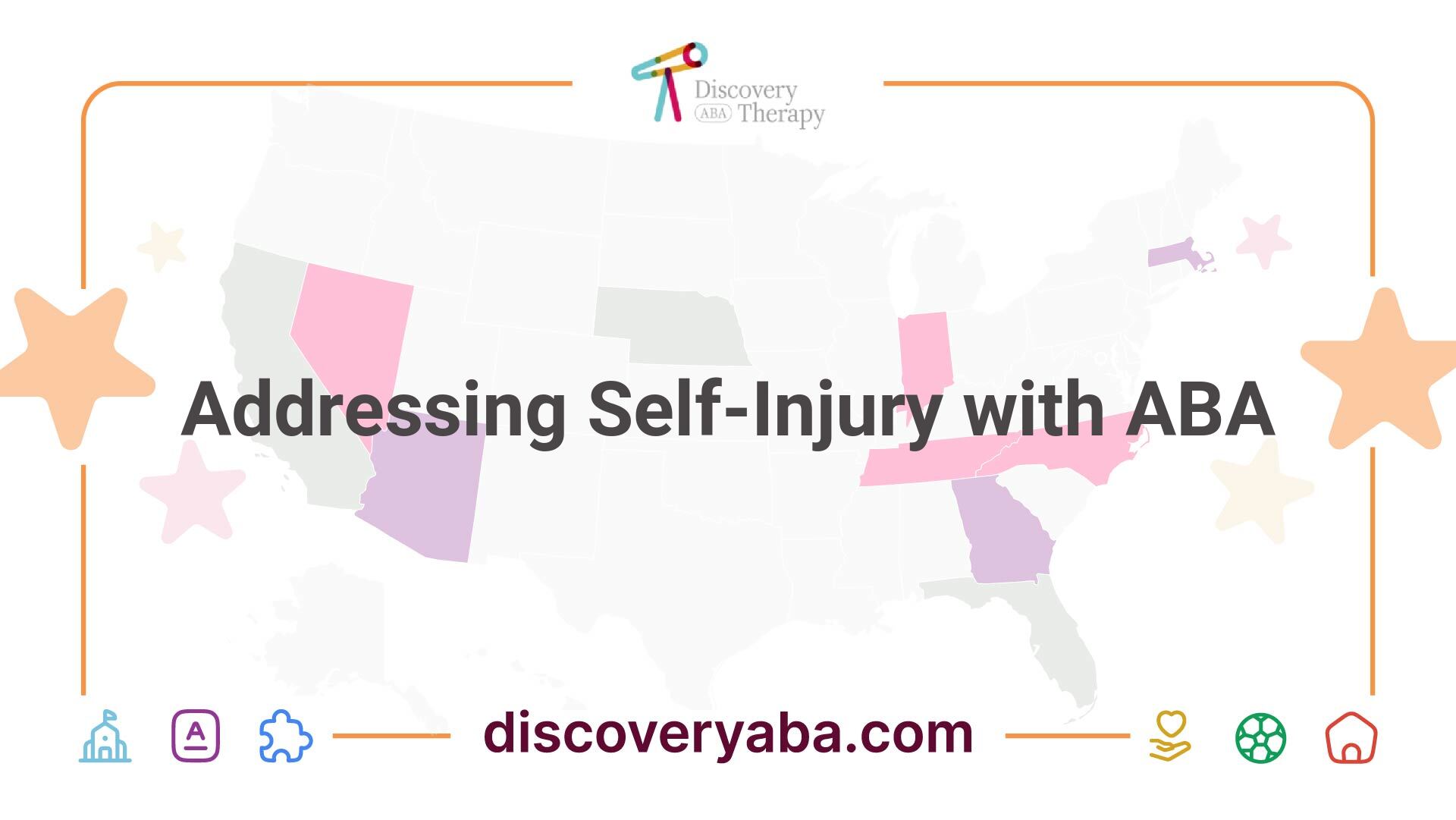
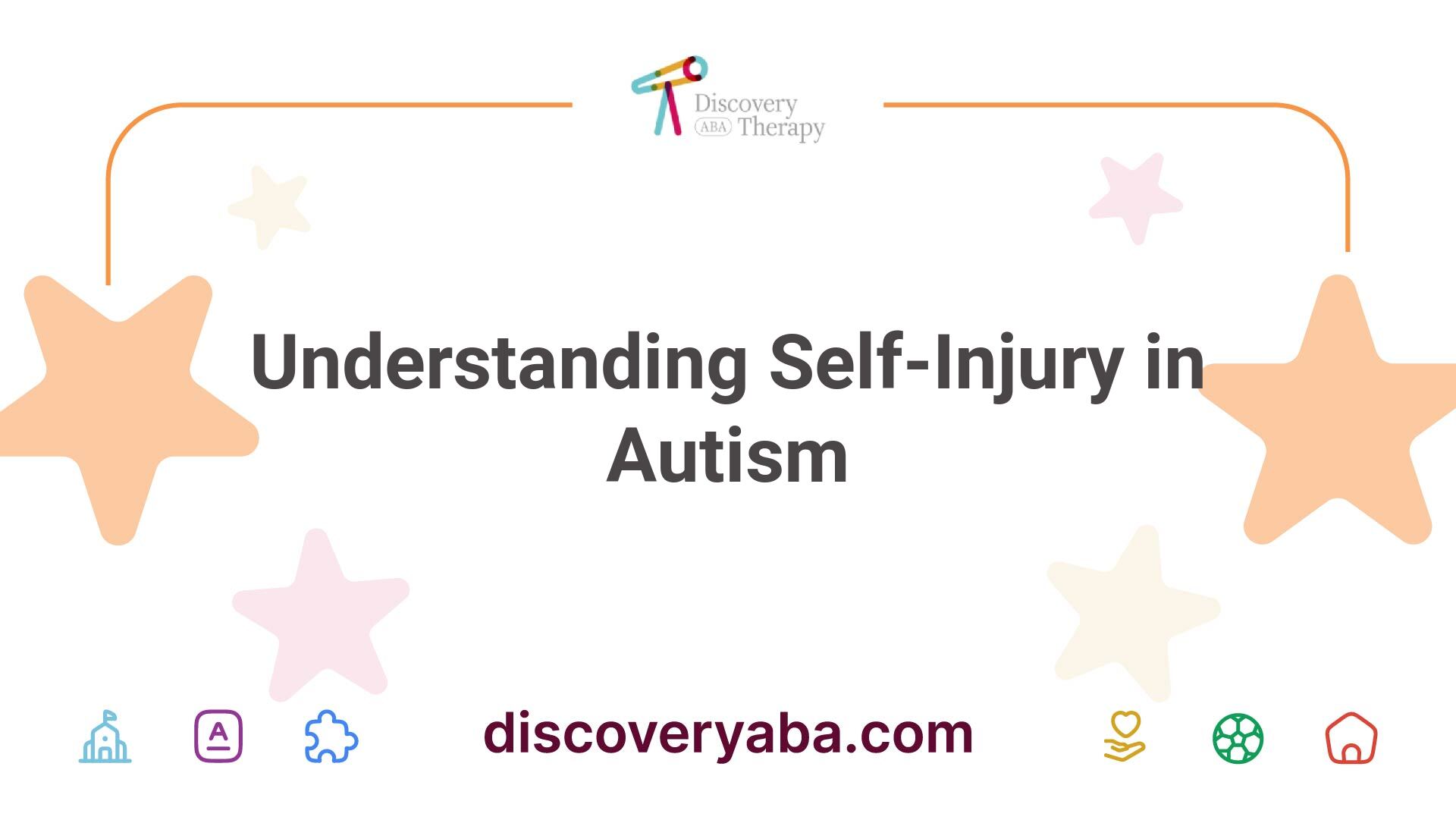
Understanding Self-Injury in Autism
Understanding self-injury in individuals with autism is crucial for parents and caregivers. This behavior can stem from several underlying causes and is often triggered by specific circumstances.
Root Causes of Self-Injury
Self-injury is not a direct symptom of autism; however, various underlying factors related to ASD can lead some individuals to engage in such behavior. These may include:
Individuals may not only engage in self-injury accidentally, but when it is unintentionally reinforced, it can become a learned behavior. Understanding these root causes can provide a foundation for addressing self-injury effectively. Further insights can be gained through our article on aba for emotional dysregulation in autism.
Behavioral Triggers
Identifying triggers is essential for helping individuals with autism mitigate self-injurious behaviors. Common triggers include:
Trigger TypeExamplesEnvironmental ChangesNoisy settings, crowded placesSocial SituationsPeer interactions, group activitiesEmotional StatesFrustration, overload, anxietyPhysical DiscomfortIllness, injuries, fatigue
Parents and clinicians should begin the process of addressing self-injury by investigating the specific triggers that lead to this behavior. Understanding the context in which self-injury occurs will allow for better-targeted interventions. Treating underlying conditions and providing individuals with additional communication and coping skills can help them find alternative methods for expressing their emotions.
Addressing these behavioral triggers alongside utilizing methods such as ABA therapy has shown promising results. A study indicated that ABA therapy can lead to up to an 85% reduction in self-injurious actions among individuals with autism [1]. For further strategies, consider exploring self-monitoring skills in aba therapy or aba for problematic play behaviors.
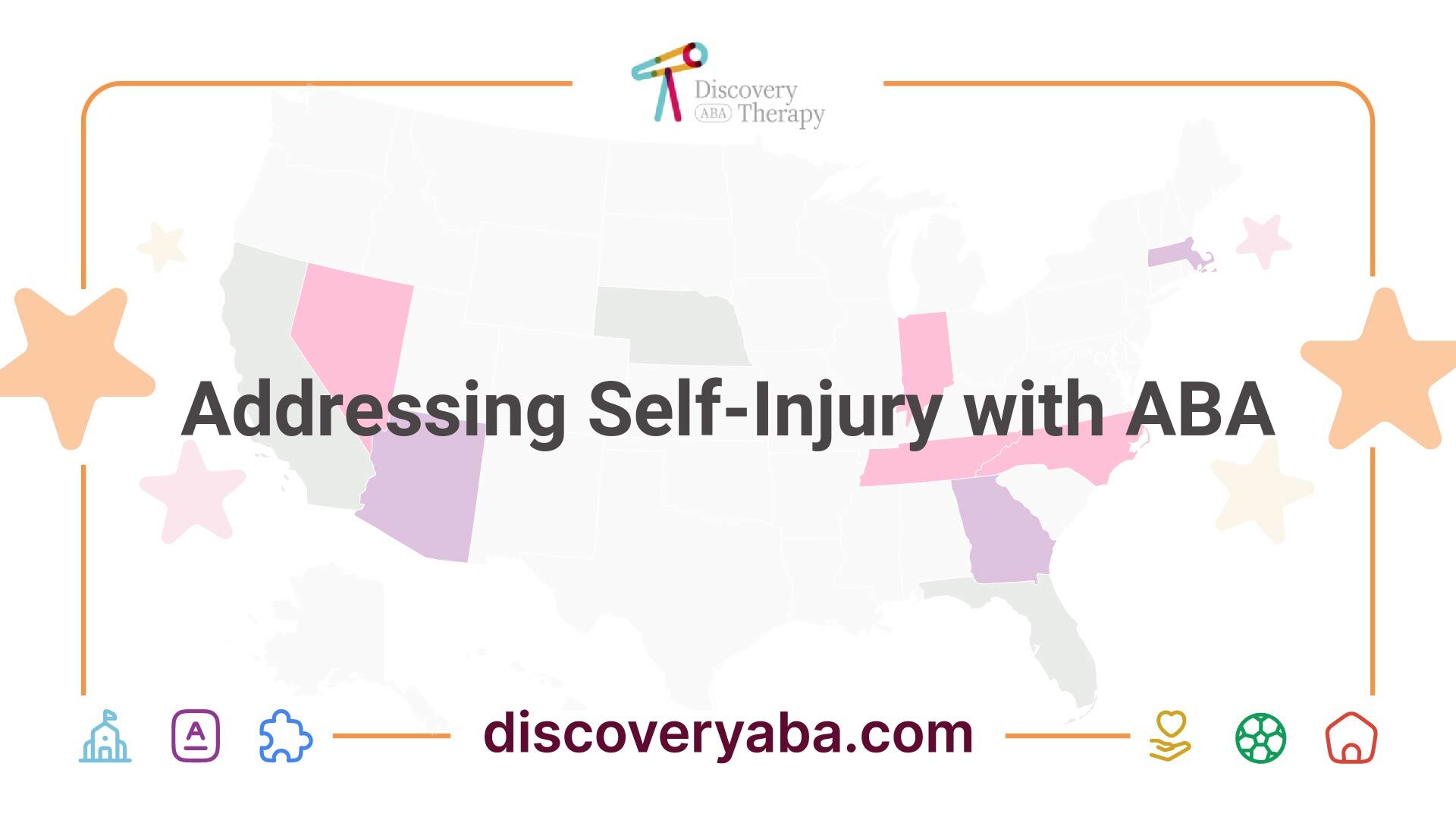
Addressing Self-Injury with ABA
ABA Therapy Overview
Applied Behavior Analysis (ABA) therapy is a well-established treatment approach for individuals with autism. This evidence-based practice has been used since the 1960s and is recognized as a best practice treatment by organizations including the US Surgeon General and the American Psychological Association [2]. ABA focuses on reinforcing desirable behaviors while reducing problematic or self-injurious behaviors.
ABA therapy employs a range of techniques aimed at modifying behavior through observation, data collection, and targeted interventions. A significant finding indicates that through effective ABA interventions, individuals can see reductions in self-injurious behaviors by up to 85%. This remarkable impact showcases ABA's potential in addressing challenges faced by individuals with autism.
Personalized Treatment Plans
One of the key strengths of ABA therapy is its personalized treatment plans. Good ABA programs focus on meeting the specific needs of each individual, tailoring interventions to promote independence and long-term success. Treatment goals are typically aligned with the age, abilities, and unique circumstances of each learner [2].
When establishing personalized treatment plans, practitioners collect data to monitor progress, ensuring that adjustments can be made as needed. This methodology not only addresses immediate behavioral concerns but also supports the development of essential skills. An example of a valuable area of focus includes self-monitoring skills in ABA therapy, which can empower individuals to recognize their behaviors and work towards self-regulation.
The dynamic nature of personalized ABA interventions underscores the importance of ongoing assessments and skill check-ins, allowing therapists to adapt their approaches to align with the evolving needs of their clients. By utilizing a personalized approach, caregivers can effectively manage self-injurious behaviors related to autism, enhancing both safety and quality of life for those receiving care.
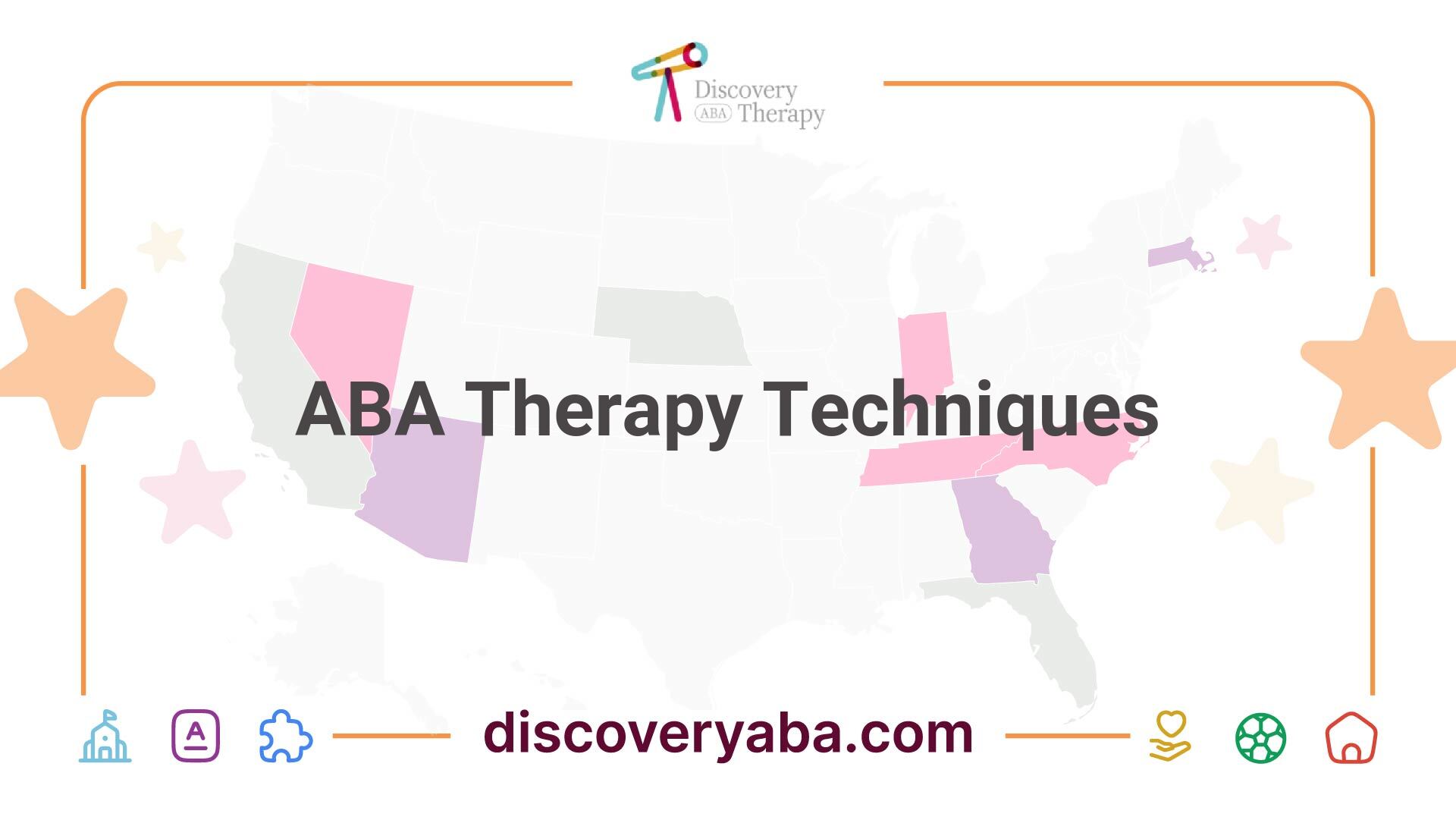
ABA Therapy Techniques
Addressing self-injury with ABA involves specific therapeutic techniques designed to understand and modify these behaviors effectively. Two essential techniques used in this approach are the Functional Behavior Assessment (FBA) and Positive Reinforcement.
Functional Behavior Assessment (FBA)
A Functional Behavior Assessment (FBA) is pivotal for understanding and addressing self-injurious behaviors (SIB). The FBA process includes thorough data collection, interviews, surveys, and hypothesis development to identify triggers and functions of the behavior. This assessment is crucial for developing effective behavioral interventions tailored to individual needs [3].
Key Steps in an FBA:
StepDescriptionData CollectionGathering information about the behavior, including frequency, intensity, and context.Observational AnalysisObserving the individual in different settings to note specific triggers and responses.Hypothesis DevelopmentFormulating a hypothesis about the reasons behind the behavior based on collected data.Intervention PlanningCreating a personalized treatment plan that addresses the identified needs and triggers.
The information from an FBA guides the formulation of personalized treatment plans focused on addressing individual needs, making it an essential step in ABA therapy.
Positive Reinforcement
Positive reinforcement is a critical aspect of ABA therapy that encourages positive behaviors through rewards, thereby increasing the likelihood of achieving desired outcomes. This technique is instrumental in building one’s skills and reducing self-injury by reinforcing appropriate behaviors. For example, when a child successfully uses coping strategies instead of resorting to self-injury, they might receive praise or a small reward [5].
Examples of Positive Reinforcement:
BehaviorType of ReinforcementUsing appropriate communication instead of self-injuryVerbal praise or tokensCompleting a task or following directionsSmall rewards or extra playtimeEngaging in social interactionsPositive feedback and social recognition
Through the implementation of positive reinforcement, ABA therapy effectively helps individuals replace self-injurious behaviors with more functional skills and appropriate responses. This method not only improves behavior but also builds confidence and encourages self-monitoring skills throughout the therapeutic process, contributing significantly to successful outcomes in therapy.
For further insight into supporting children with emotional dysregulation or problematic play behaviors, consider exploring our articles on aba for emotional dysregulation in autism and aba for problematic play behaviors.
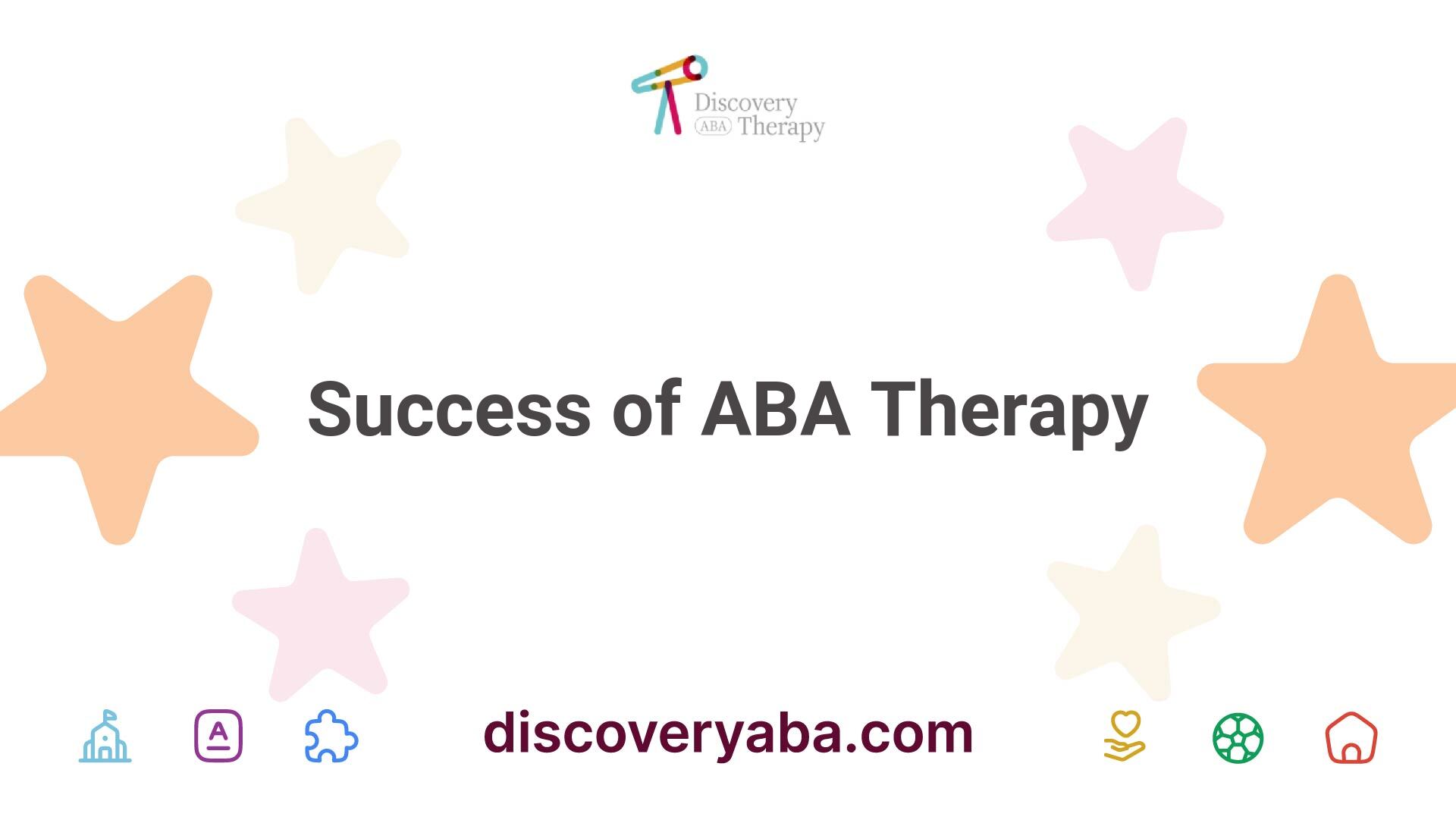
Success of ABA Therapy
Applied Behavior Analysis (ABA) has shown promising success in addressing self-injurious behaviors among individuals with autism. The effectiveness of this therapeutic approach is often evaluated through data-driven progress monitoring and supported by various efficacy studies.
Data-Driven Progress Monitoring
Progress monitoring in ABA therapy involves systematic data collection to assess the effectiveness of interventions. By tracking specific behaviors over time, practitioners can evaluate treatment progress and make necessary adjustments to intervention plans.
A study revealed that ABA therapy can lead to up to an 85% reduction in self-injurious behaviors among individuals with autism. This significant improvement underscores the importance of continuous data assessment in optimizing therapy outcomes.
Behavior TypePre-Treatment FrequencyPost-Treatment FrequencyReduction PercentageSelf-Injurious Behaviors20 times per day3 times per day85%
Data-driven approaches also include tailored interventions through methods like Functional Behavior Assessment (FBA), which identifies the triggers and functions of self-injurious behavior [4]. This personalized focus enhances the likelihood of effective outcomes.
ABA Therapy Efficacy Studies
Numerous studies support the efficacy of ABA techniques for individuals diagnosed with Autism Spectrum Disorder (ASD). Intensive, long-term therapy employing ABA principles can lead to significant improvements in various skills, including intellectual functioning, language development, daily living skills, and social interactions.
Organizations such as Autism Speaks, the American Psychological Association, and the National Institute of Mental Health endorse ABA as an effective intervention. The evaluation of ABA-based interventions has shown that these methods are considered evidence-based practices, recognized as the most effective strategies for individuals with autism.
Research on dedicated studies ultimately reveals that ABA not only reduces self-injurious behaviors but significantly enhances overall quality of life for individuals with ASD, making it a critical component in therapy.
Parents and caregivers seeking to understand the impact of ABA therapy on self-injurious behaviors may also find additional resources on ABA for emotional dysregulation in autism and self-monitoring skills in ABA therapy helpful.
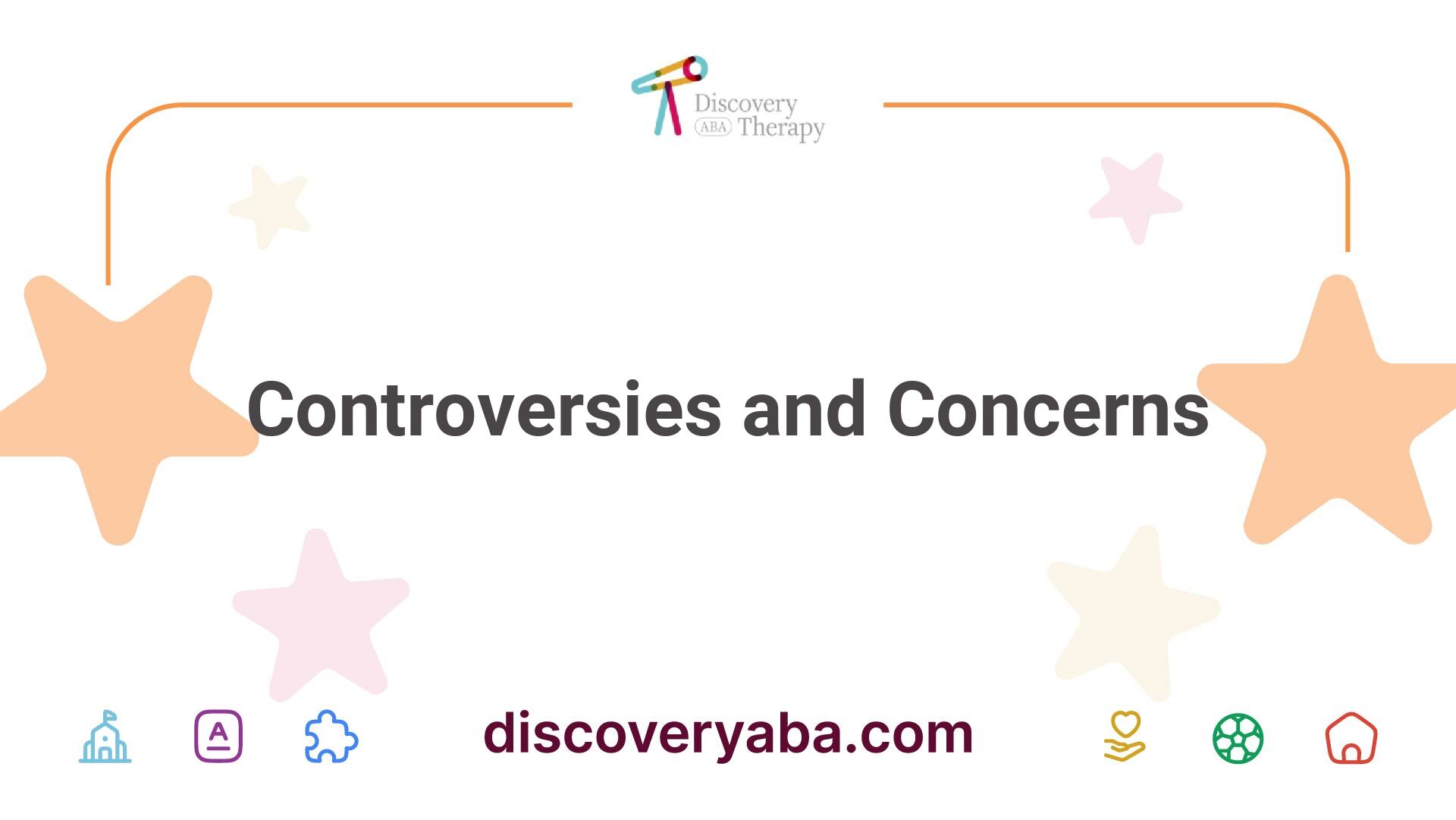
Controversies and Concerns
In discussing the efficacy of addressing self-injury with ABA, it is crucial to understand the controversies and concerns surrounding this type of therapy. Historical practices, as well as modern adaptations of ABA, play significant roles in shaping perceptions of its effectiveness and ethical considerations.
Historical Background
The history of Applied Behavior Analysis (ABA) reveals some troubling practices that have garnered criticism. Early ABA interventions included physical punishments, such as electric shocks, notably used by Lovaas in the UCLA Young Autism Project. While these punishments decreased over time, significant concern remains about the impact of these historical methods on public perception of ABA techniques [7].
Activists advocating for autism rights and neurodiversity express discontent regarding the legacy of behavior analysis. They assert that some early interventions were not only ethically questionable but could also be viewed as abusive. Concerns about misunderstanding the intensity and rigidity of ABA applications further complicate this narrative.
IssueDescriptionUse of PunishmentHistorical use of electric shocks and physical punishment in early ABA practices.Perception of RigidityConcerns that ABA applications are too rigid and do not consider individual needs.MisunderstandingsMisconceptions regarding the intensity and goals of ABA interventions, particularly accusations of attempts to 'cure' autism.
Modern Adaptations
In response to historical concerns, modern ABA practices have undergone significant adaptations. The field has shifted towards non-aversive methods, focusing on positive reinforcement rather than punishment. This movement aims to highlight the importance of ethical treatment and collaboration with families to improve the quality of life for individuals with autism [7].
Despite these advancements, criticism persists. Some claim that all ABA-based interventions are abusive, overlooking the nuanced and individualized approaches developed in response to past failures. Furthermore, concerns about the intensity of ABA intervention continue, especially regarding the commonly referenced figure of 40 hours per week, which some argue is unfounded. Research indicates that individualized intensity levels can lead to positive outcomes, with more hours being beneficial for younger individuals [7].
Modern ABA seeks to emphasize personalized strategies and comprehensive approaches, integrating input from parents and caregivers alongside professional expertise. The adaptation of techniques aims to ensure respectful and effective interventions that promote development and well-being without resorting to outdated practices. For parents and caregivers, understanding these adaptations is key to informed decision-making regarding interventions for their loved ones.
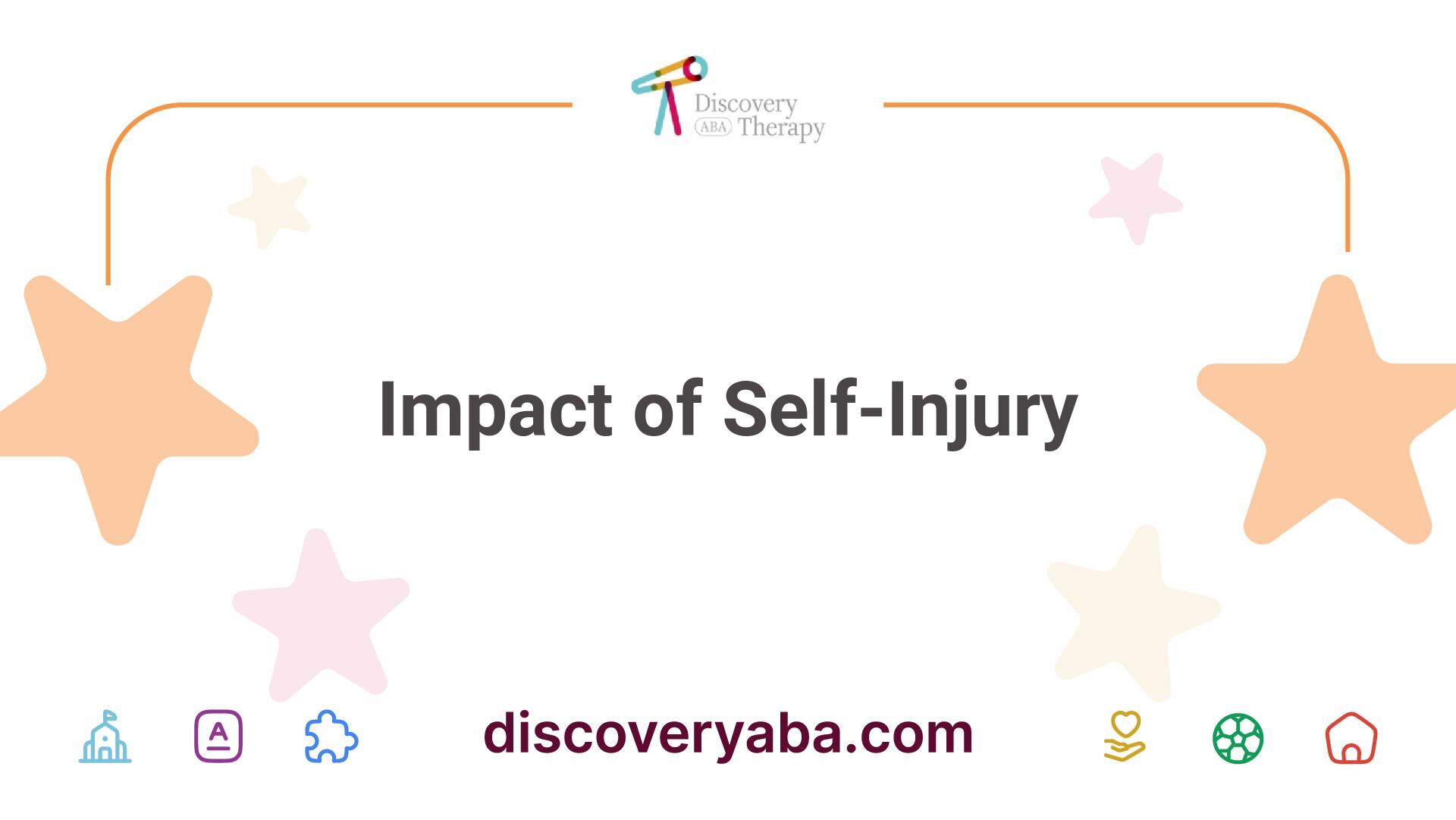
Impact of Self-Injury
Understanding the impact of self-injurious behaviors (SIB) is crucial for parents and caregivers of individuals with autism. Self-injury can lead to several negative outcomes that affect both the individual and their family.
Consequences of Self-Injurious Behaviors
Research has documented numerous adverse consequences associated with self-injurious behaviors. The risks include physical harm such as lacerations, fractures, and infections. In severe cases, SIB can even lead to vision impairment or death. Beyond the immediate health risks, self-injury can limit educational and employment opportunities, fostering social isolation and restricting access to community resources. These behaviors often result in costly medical care and can lead to restrictive treatment practices [8].
ConsequenceDescriptionPhysical injuriesLacerations, fractures, infections, blindness, deathLimited opportunitiesChallenges in education and employmentSocial isolationReduced interactions and relationshipsRestricted community accessLimited participation in community activitiesIncreased medical costsHigher expenses for treatment and care
Individuals engaging in one form of self-injury are also more likely to display other problem behaviors, including aggressive or disruptive actions. This can create a cycle where SIB exacerbates other behavioral issues, further complicating management strategies.
Correlation with ASD Severity
The prevalence of self-injury is directly linked to the severity of autism spectrum disorder (ASD) symptoms. Studies indicate that those with higher severity levels of ASD, along with intellectual impairments, are more prone to exhibit SIB. Approximately 25% of individuals with diagnosed intellectual impairments display self-injurious behaviors. Furthermore, limitations in adaptive functioning, including speech and motor skills, can contribute to the risk of SIB. The presence of comorbid psychiatric conditions also increases the likelihood of self-injury [8].
Severity LevelCorrelation with SIB PrevalenceMildLower prevalenceModerateModerate prevalenceSevereHigher prevalence
Recognizing the link between SIB and ASD severity can inform treatment approaches, as interventions like ABA for emotional dysregulation in autism can address specific behavioral concerns effectively. By focusing on the individual's unique challenges, caregivers can help create a supportive environment that reduces the occurrence of self-injury and promotes positive outcomes. Additionally, implementing strategies like self-monitoring skills in ABA therapy can aid individuals in developing healthier coping mechanisms while navigating their emotional landscape.
References
[2]:
[3]:
[4]:
[5]:
[6]:
[7]:
[8]:
Find More Articles
Contact us
North Carolina, Tennessee, Nevada, New Jersey, Utah, Virginia
New Hampshire, Maine
Massachusetts, Indiana, Arizona, Georgia
.avif)







































































%2520(1).jpeg)























